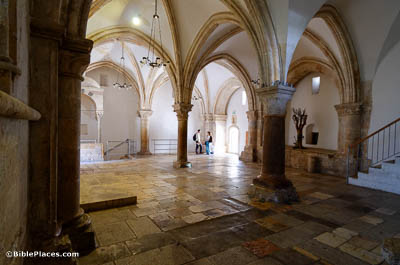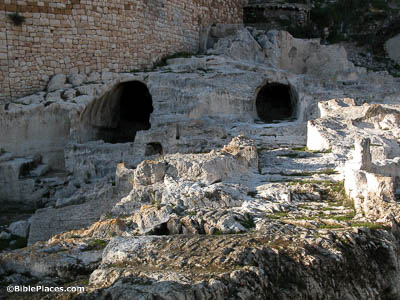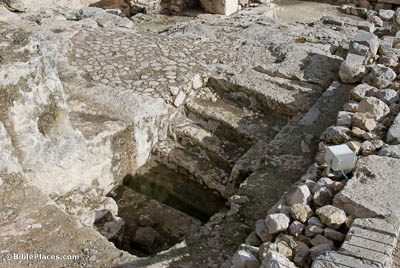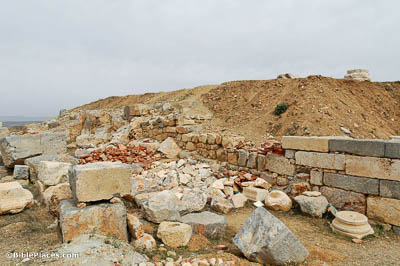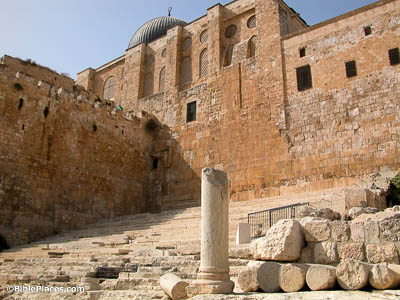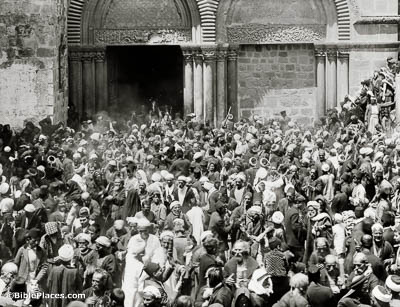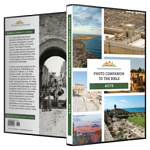And when the day of Pentecost arrived, they were all together in the same place (Acts 2:1).
Luke doesn’t clarify exactly where this “place” is, but it makes sense that they would have gathered in the “upper room” of Acts 1:13, the same upper room that hosted the last supper. If the house’s owner willingly offered it to Jesus for the Passover meal, he very well could have continued lending the space to Jesus’s followers after the crucifixion. This building, set on Mount Zion, is the upper room’s traditional location—though the structure itself is Crusader.
